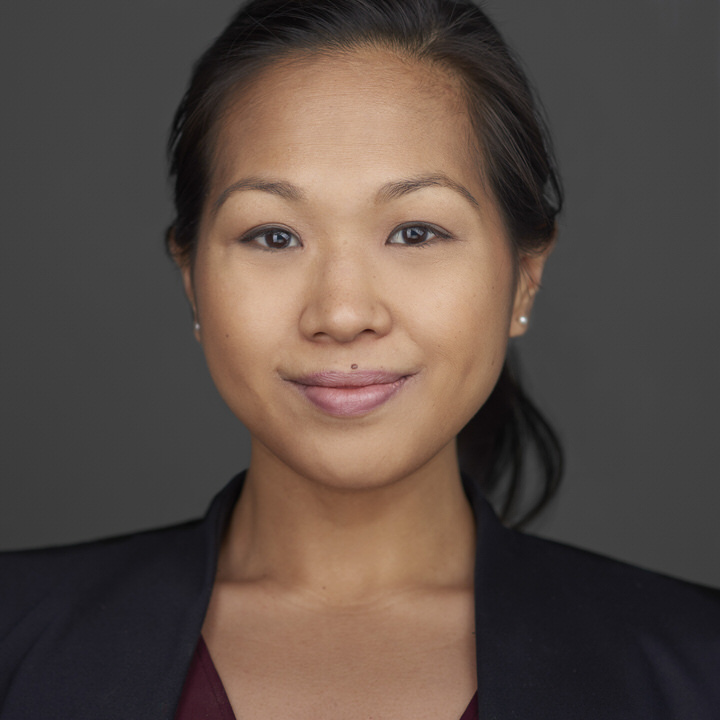Income, race and geography persistently define the educational landscape—year after year, in every state, across both urban and rural communities. "No matter where families might live—no matter their backgrounds or incomes—public education should offer kids the opportunity to reach their full potential,” writes LISC’s Yvonne Nolan, in a new blog commemorating 20 years of investments through LISC’s charter school financing program. “We refuse to stand by and let crumbling buildings undermine student learning and perpetuate inequality,” she says.
All children deserve a successful public school in their community.
I know that sounds like a ridiculously simple premise; of course, schools are part of strong and vibrant communities. But given all the competing school narratives throughout the country, it’s a point that seems worth reiterating. No matter where families might live—no matter their backgrounds or incomes—public education should offer kids the opportunity to reach their full potential. It should open doors. As a country, that is our educational baseline, right?
Or at least it is supposed to be. So, when income, race and geography persistently define the educational landscape—year after year, in every state, across both urban and rural communities—it is imperative for us to act in ways that bridge those gaps. It’s why LISC has invested more than $500 million in charter school facilities and supported school seats serving 107,000 students annually. Over time, those seats mean millions of children from underserved communities can access a quality education. And it’s also why we provide technical resources and analysis to support progress beyond our direct dollars. Our latest study of charter school bond issuance and our SchoolBuild platform to help guide school facilities development both reflect this larger commitment.
Lately, I have been thinking a lot about what’s needed for the future, having just celebrated the 20th anniversary of LISC’s charter school financing program. At the heart of our work that has, to date, invested in 260 schools are community leaders who are driving innovative educational approaches. They may serve different places and populations, but they have a common goal: leveraging public education to open doors for kids, families and the communities where they live and work.
I’m thinking of people like David Nowlin, who I met out in Austin, Texas, last year after LISC helped finance the site of a permanent school home for Texas Empowerment Academy. He is building a school community that primarily serves children of color who have been displaced by Austin’s booming growth—helping them develop the skills and resiliency they need to participate in expanding opportunities throughout the region.
I’m also thinking about Monique Daviss at El Sol Science and Arts Academy in Santa Ana, Calif. She manages a school that weaves together core precepts of education and community development. Most of her students come from immigrant families, and those families are drawing on their own hopes and passions to fuel community investments.
And I’m thinking of Myron Long from The Social Justice School in Washington DC, who leads with love as he cultivates a community of middle-school scholar-activists. Students are empowered not just by what they learn in math, science and the arts, but by the opportunity to create a world that is more just for all races, religions and nationalities.
We share their belief that schools should be excellent spaces to learn, play, grow, and succeed. And we refuse to stand by and let crumbling buildings undermine student learning and perpetuate inequality.
For many of us, this work is personal. We know first-hand what so many people still fail to acknowledge: our schools serve as a kind of sorting mechanism for economic mobility. Schools are a key driver of “zip code destiny,” and we need to act in ways that specifically address the persistent inequities of the system.
Of course, there are myriad social and economic influences at work when it comes to place-based opportunity—from decent housing and jobs to health and safety. Quality school facilities won’t mitigate all of them. But surely, we can help people walk through the doors of a building fit for teaching and learning. Surely, we can direct more dollars to essential work in classrooms and less to high-cost debt service. And, surely, we can take actions that alleviate just a bit of the burden for parents so that kids aren’t permanently disadvantaged by the boundaries of the neighborhoods in which they live.
There is no simple fix for the power of place in education. Administrators, teachers, parents, community leaders, policymakers, philanthropic funders and investors all need to explore the full range of what works if we are to make progress. That’s why LISC has prioritized educational investments for more than 20 years, and why we will continue to invest in families and schools in 2024 and beyond. We are proud to be long-term partners in this work.
About the Author
 Yvonne Nolan, Vice President
Yvonne Nolan, Vice President
Yvonne manages LISC’s charter school portfolio, and CSF’s strategic partnerships and initiatives. Yvonne also leads LISC’s research and policy contributions to the charter sector, including LISC’s online platform, SchoolBuild: From Idea to Construction, and serves on the Charter School Lenders Coalition and other industry fora. Yvonne has more than ten years of finance and operational experience. Yvonne previously worked as Director of Operations at Achievement First Public Charter Schools in Brooklyn, NY, and as an Associate in Market Risk Management and Analysis at Goldman Sachs. Yvonne holds a BA in Economics from Syracuse University